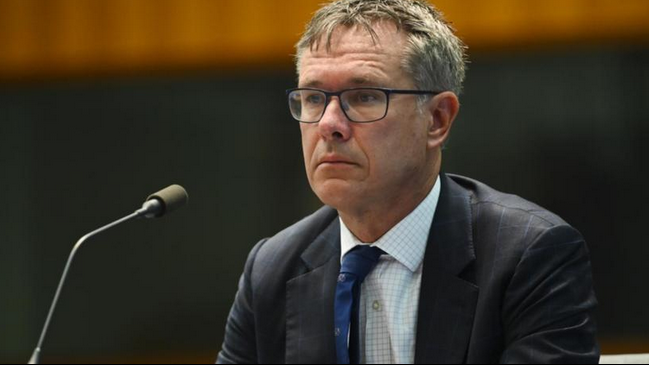PBOC is talking with other central banks




trade balance: expected CNY 425bn, prior was CNY 442.75bn
Exports have now risen for 3 consecutive months
The data is only dribbling out, do not have the trade balnce announced from China yet, nor the figures in USD terms. Nevertheless, bounce of both imports and exports is encouraging for the Chinese economy.
China has said trade with the US is down 6.6% y/y in H1.
Yuan terms:
trade balance: expected CNY 425bn, prior was CNY 442.75bn
USD terms:
trade balance: expected $59.6bn, prior was $62.93bn
China’s central bank set its daily yuan reference rate at 7.0039 to the dollar Thursday, crossing the 7 line for the first time in roughly 11 years and signaling resolve even as the U.S. cries foul over the weakening currency.
Market participants speculate that Beijing may keep pushing the rate to around 7.2 to 7.3 so as to alleviate the impact of the next round of American tariffs.
But while a weaker yuan will help exporters impacted by the drawn-out trade war, the People’s Bank of China still must carefully balance these gains against the risks of runaway devaluation and capital flight.
The yuan can move only 2% in either direction from the daily reference rate on the mainland. So the rate, announced before trading starts each session, reflects the monetary authorities’ wishes.
The authorities want a gradual weakening of the yuan, said Ken Cheung, senior Asian foreign exchange strategist at Mizuho Bank.
The Trump administration just labeled China a currency manipulator Monday, after the yuan weakened past the psychological threshold of 7 in Shanghai. Setting reference rates past that line could trigger further pushback from the U.S. (more…)
Nothing notably new here from the man who has called for a Chinese crash in as little as 12 months. Now that the Chinese PMI came at the lowest level in 17 months (in line with the drop in the US ISM but completely the opposite of Europe’s PMI as everyone makes up their own data on the fly now with no rhyme or reason), Faber seems to have mellowed out a little on the Chinese end-play. He now sees the China government stepping in and prevent a collapse of the economy when needed, as the economy has dropped from a near 12% GDP growth to a collapse in the PMI in the span of a few months, even as Chinese banks lent another quarter trillion renminbi billion in July, and issued who knows how many hundreds of billions in CDOs to keep the ponzi afloat.
From Bloomberg TV:
On the cooling of China’s economy:
“I mean I’ve been arguing this year that the economy would inevitably slow down, because the impact of the stimulus would diminish. But having said that, the economy hasn’t crashed yet. It could still crash. But on the other hand, if you look at the performance of equities worldwide, it seems that the worse the economic news is, that the more the markets go up, because the market participants expect further easing measures, and maybe further stimulus. So altogether I would say it’s not going to be a disaster for stock investors yet. It’s interesting. The Chinese stock market began to discount the slowdown in economic growth actually precisely a year ago, in August, 2009. The market peaked out. And then drifted lower, but now that the bad news is essentially out, the market has started to rebound.”
On whether the property market is the biggest weakness in China:
“I’d like to make the following observation. We have a global economy, and an economy has different sectors. And you can have recession in some sectors of the economy. You can have a crash, say, in the property market, and you can have other sectors expanding. [Bolton: That’s the biggest weakness, right Marc, as far as you’re concerned, in the Chinese economy right now, it is the overheating in the property market?….] Well, I’m not sure. Because if they ease again, the speculation will go on. But we have credit problems in the property market undoubtedly. We have Ponzi schemes like loan sharking operations all over China. That’s a very dangerous. But what I would like to point out is that the agricultural sector, the rural sector in China and everywhere in the world is doing relatively well, because agricultural prices have started to rebound. And that was also seen in Thailand. In Thailand, new car sales are up very strongly.”
On whether the Chinese government will delay increasing interest rates this year:
“I think even if they increase it marginally it’s meaningless. Because interest rates are far below nominal GDP growth, and in my opinion far below inflation.”